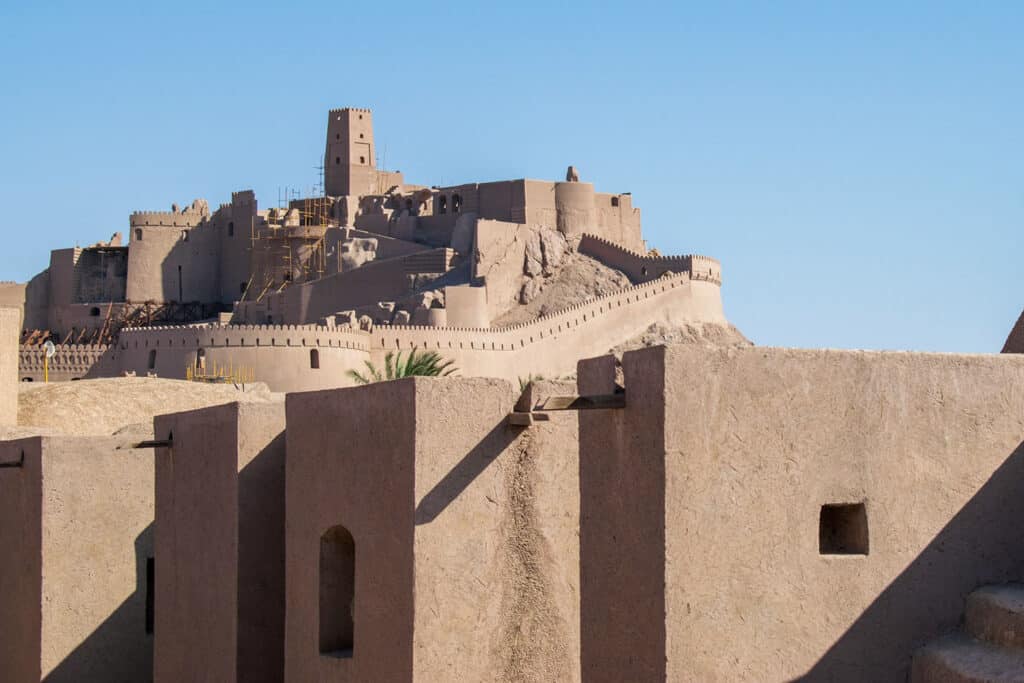
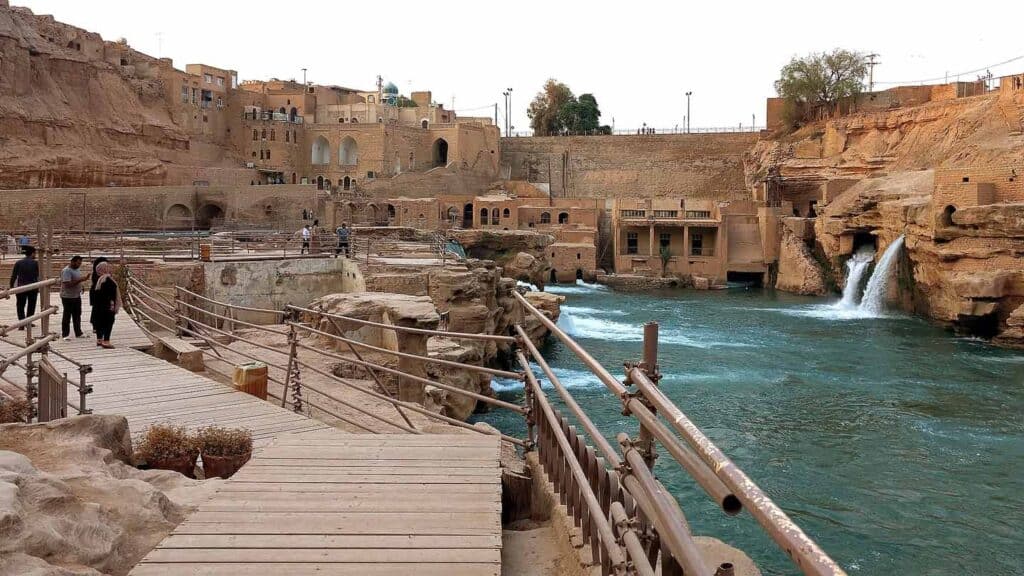
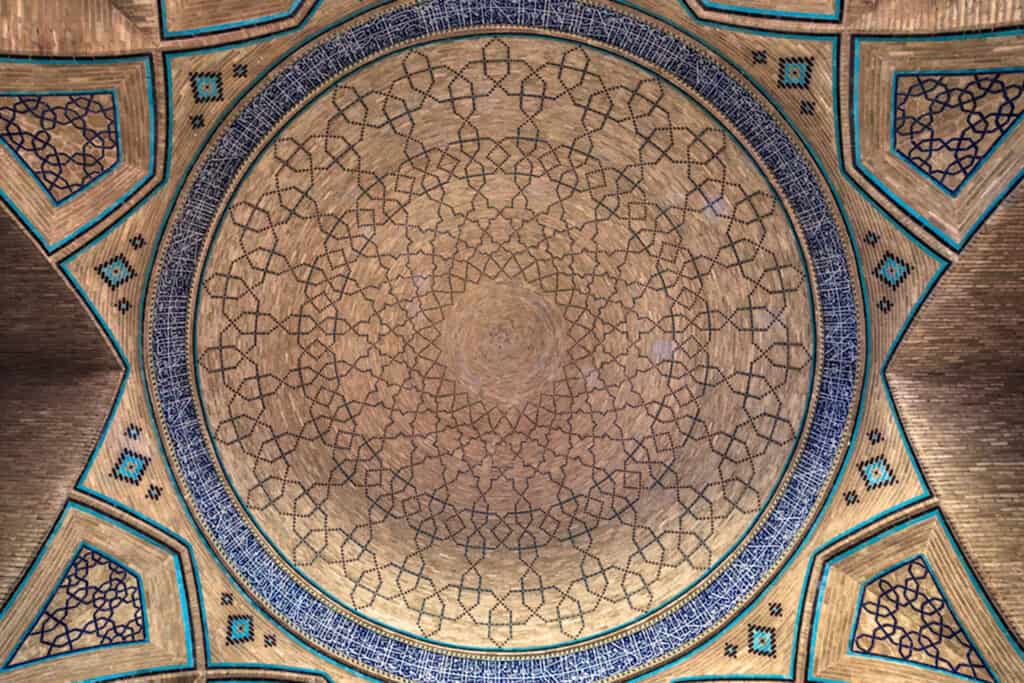

Are you fascinated by the intricate beauty and rich history of ancient cultures? Ancient Iran, with its stunning art and architecture, offers a tour into a civilization that shaped history.
At Landmarks Architects, we love to share the wonders of ancient Iranian architecture. In this article, we will explore:
- The historical context that shaped ancient Persian art and architecture
- Key features and remarkable achievements in various artistic forms
- The architectural marvels that highlight the ingenuity of Persian engineering
The ruins of Persepolis are majestic. Persian carpets are delicate. The art of this civilization resonates through time. It reflects a rich history and diverse influences. Are you ready to be inspired by the brilliance of the Persian Empires?
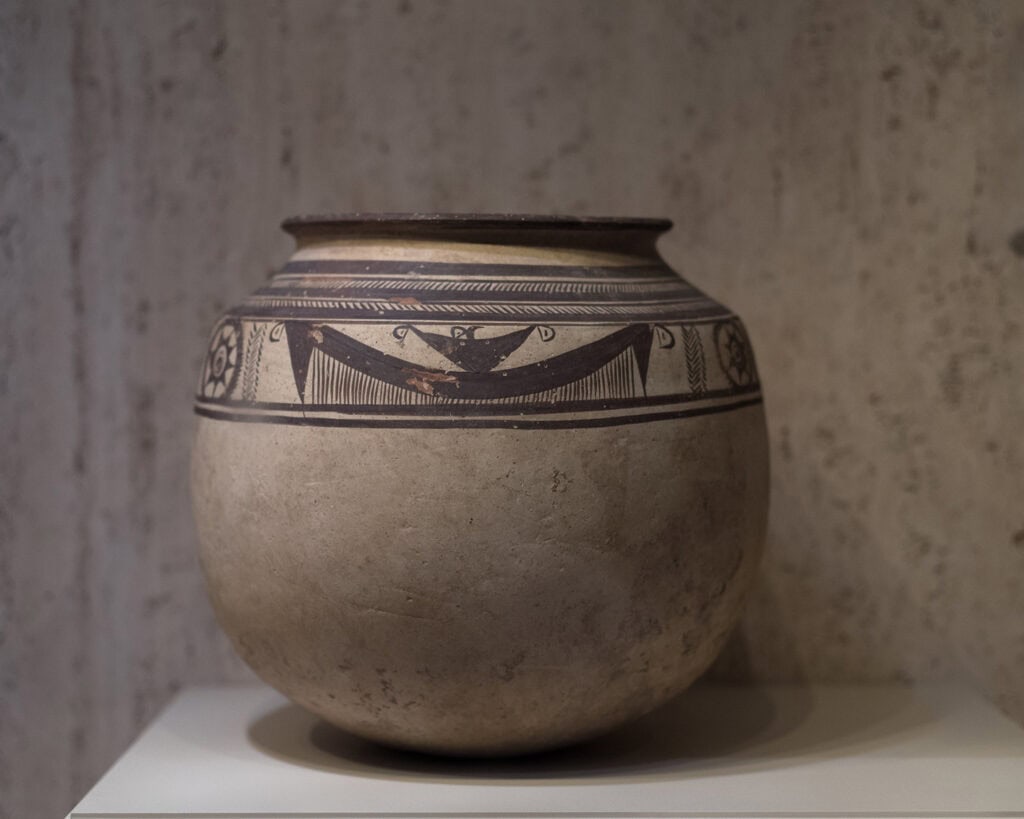

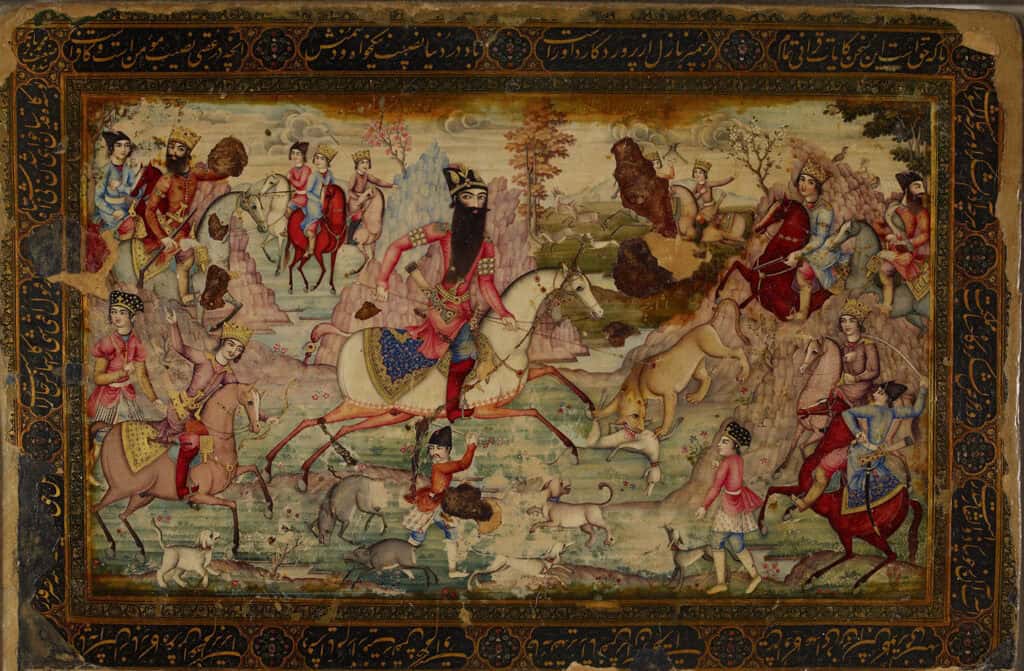
The Evolution of Persian Art and Architecture
Persian art and architecture emerged from the diverse influences of the Persian Empire, significantly impacting both the ancient world and the Islamic world.
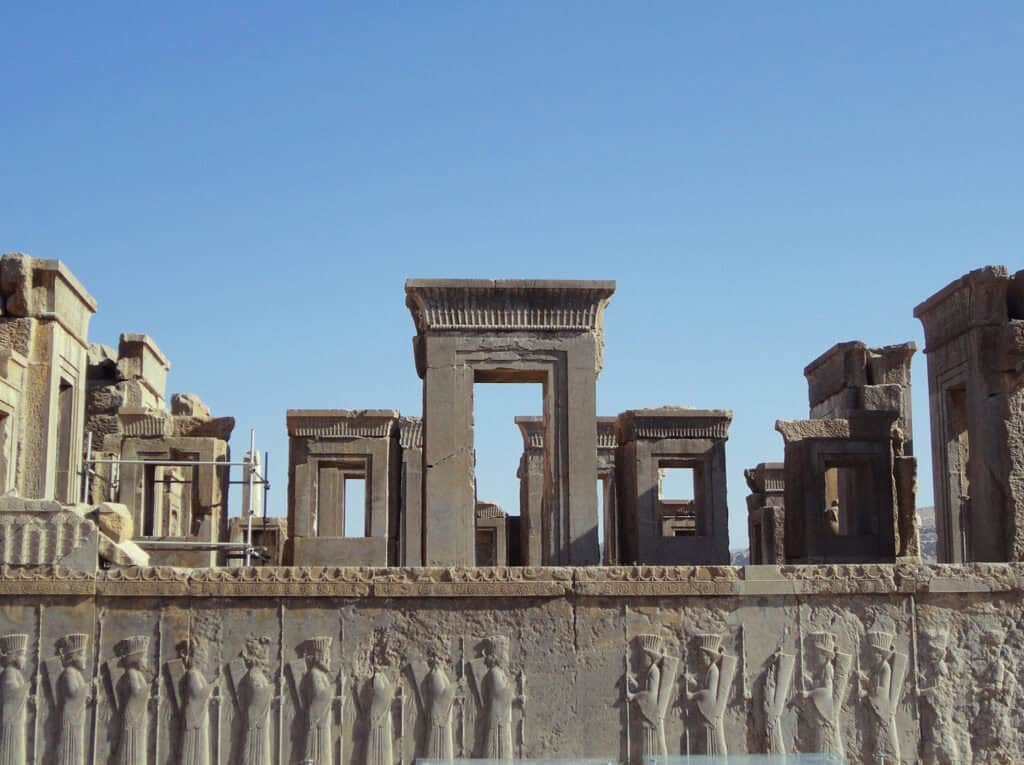
The First Persian Empire saw the rise of ancient Persian arts. They are known for their monumental architecture, like Persepolis. The empire’s beauty and art were symbolized by its Persian columns and intricate stone reliefs.
After the Achaemenid Empire, the Sasanian Empire advanced Persian art. It influenced Islamic art and bridged pre-Islamic and Islamic traditions.
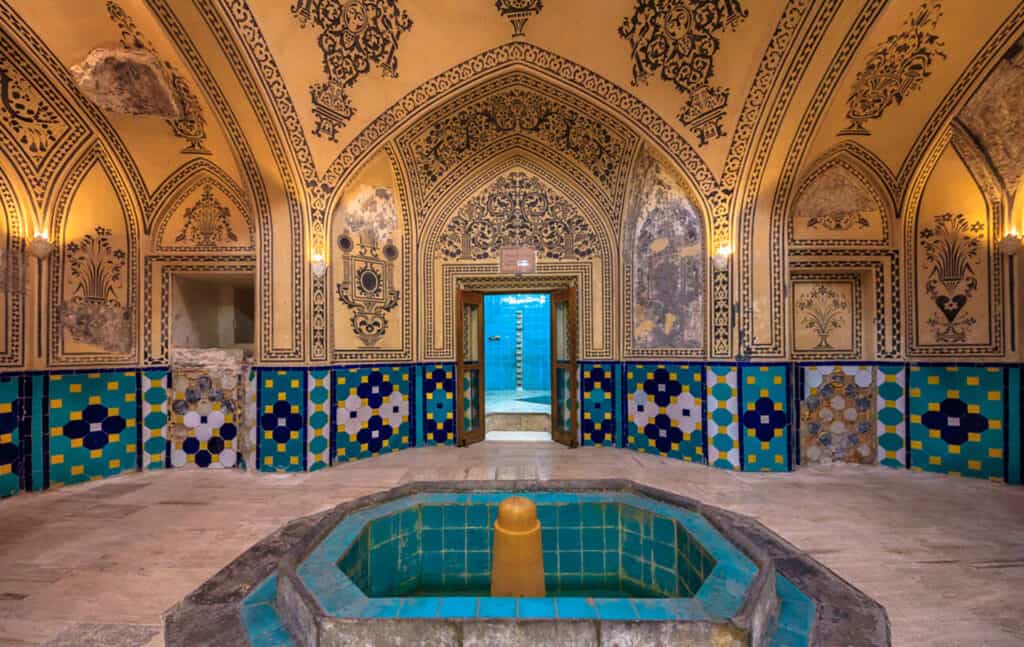
On the other hand, the Persian Empire’s interactions with Greek culture, Central Asia, and the Indus Valley enriched its Persian visual arts. They blended diverse styles and techniques into a distinct Persian aesthetic.
This unique style shaped Western Asia’s culture. It also left a lasting global influence.
See also: Iranian Architecture: Exploring 7 Outstanding Works
Key Features of Ancient Persian Art
Persian art history is marked by its intricate craftsmanship and cultural symbolism. It includes sculptures, metalwork, ceramics, textiles, and miniature paintings. These works reflect the empire’s rich heritage.
1. Reliefs and Sculptures
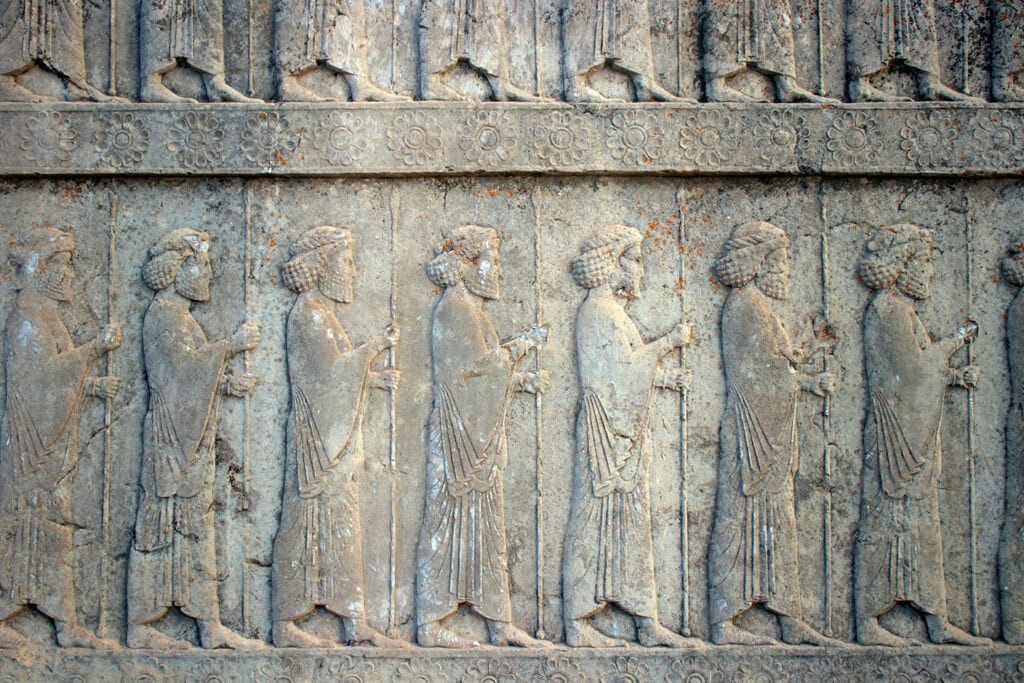
Persian sculpture is known for its detailed stone reliefs and sculptures, especially at sites like Persepolis. These reliefs show royal figures, ceremonies, and mythological creatures.
They serve both decorative and narrative purposes. The animal capitals, with their lions and eagles, enhance the structures’ regal look.
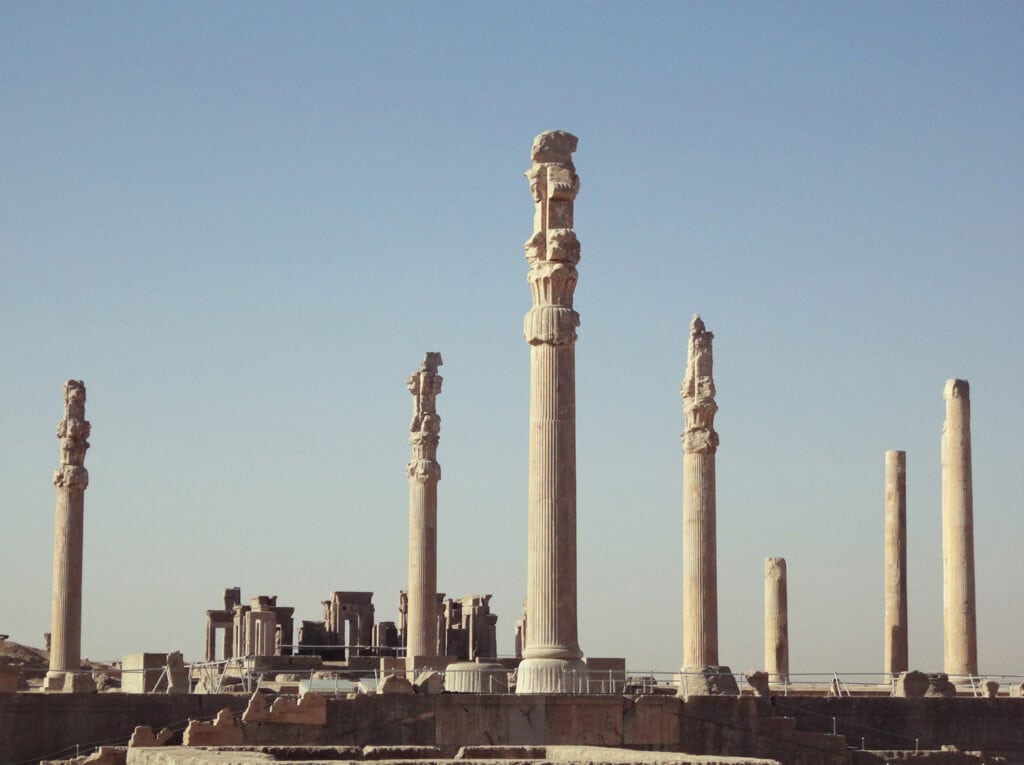
2. Metalwork and Jewelry

Metalwork and jewelry are defining characteristics of early Persian art. Craftsmen created intricate gold and silver objects, including ceremonial cups and weapons. Their work was noted for its detailed engravings and use of precious metals.
This craftsmanship shows wealth and Persian influence on neighbors.
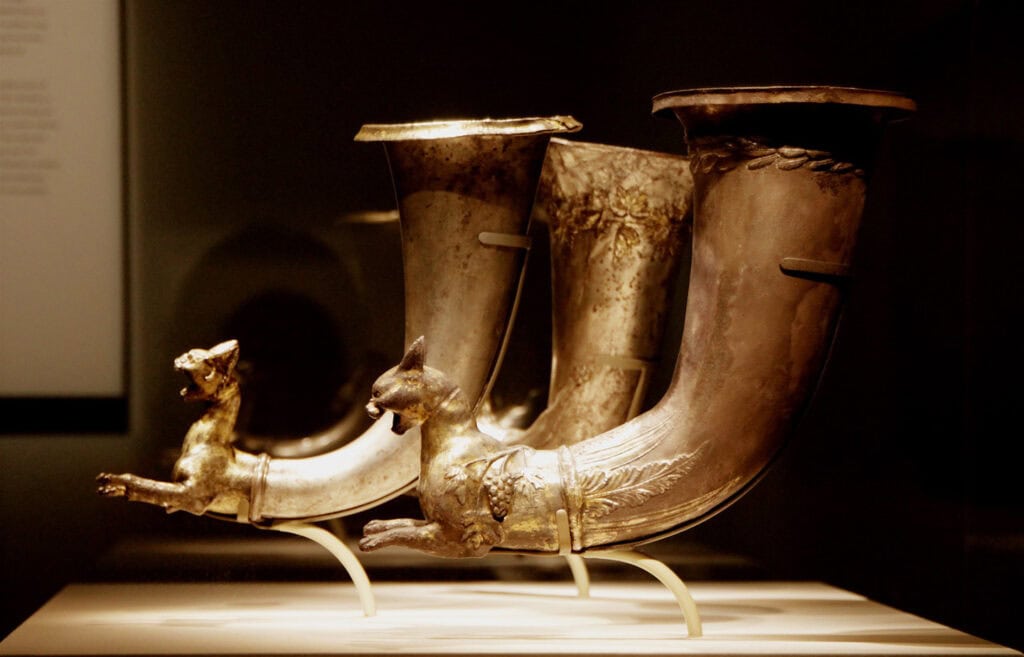
3. Ceramics and Pottery

The artistic traditions of the Persian art era also encompass ceramics and pottery. Noteworthy is the use of glazed pottery and clay vessels. They have rich colors and ornate patterns.
These ceramics often show animals and nature. They highlight the link between daily life and art.
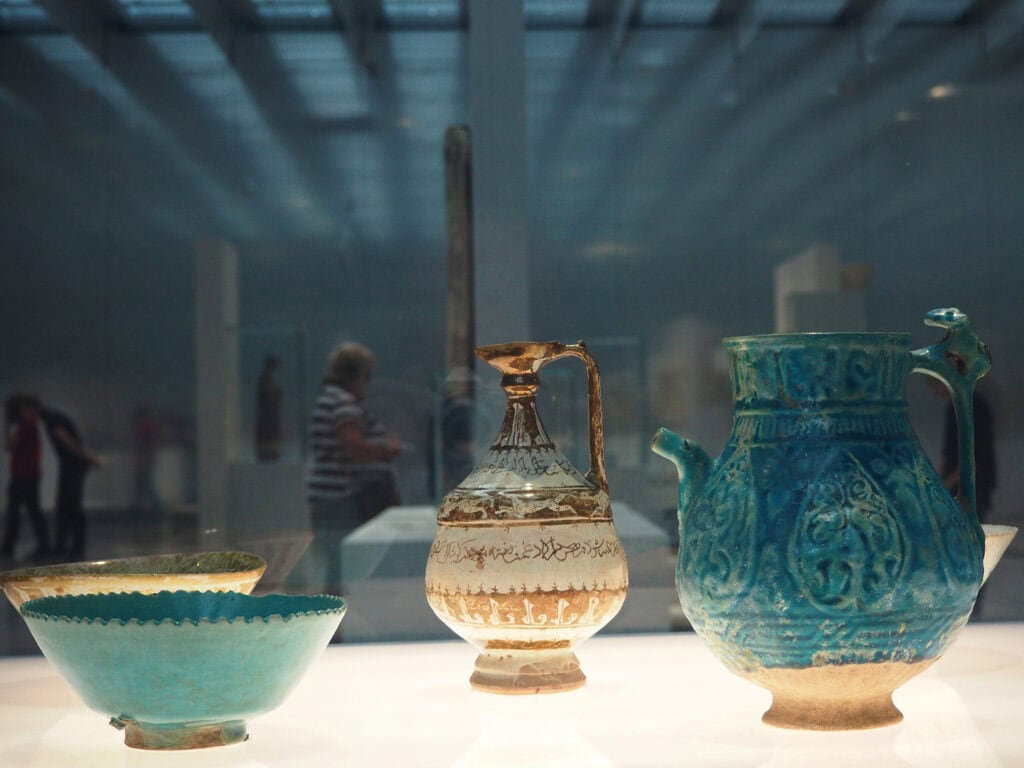
4. Textiles and Carpets
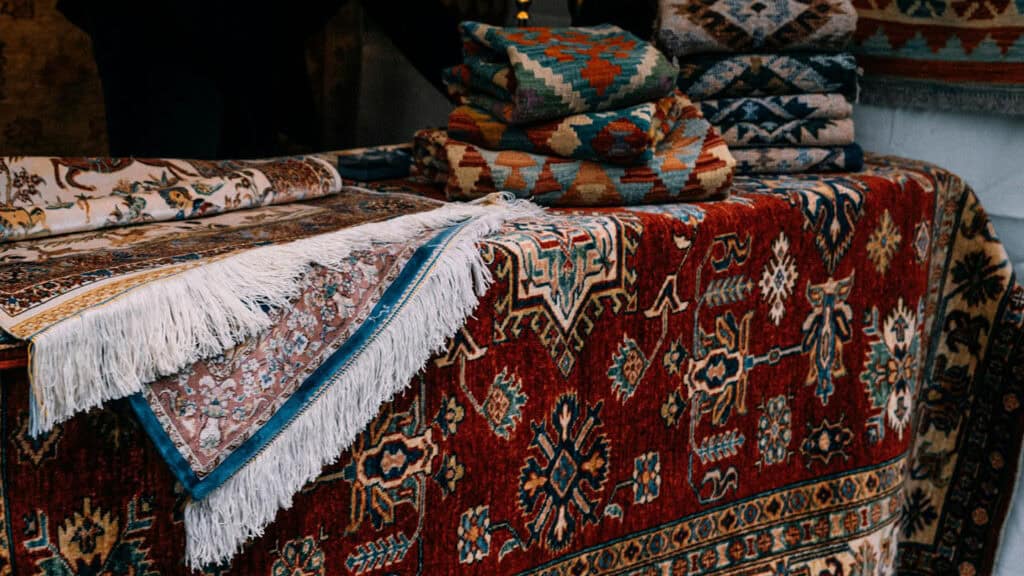
Textiles and carpets play a crucial role in Persian culture. Renowned for intricate weaving techniques, Persian carpets symbolize cultural heritage. Carpet weaving, with natural dyes, creates vibrant, durable textiles.
These carpets are both useful and beautiful. They show status and skill.
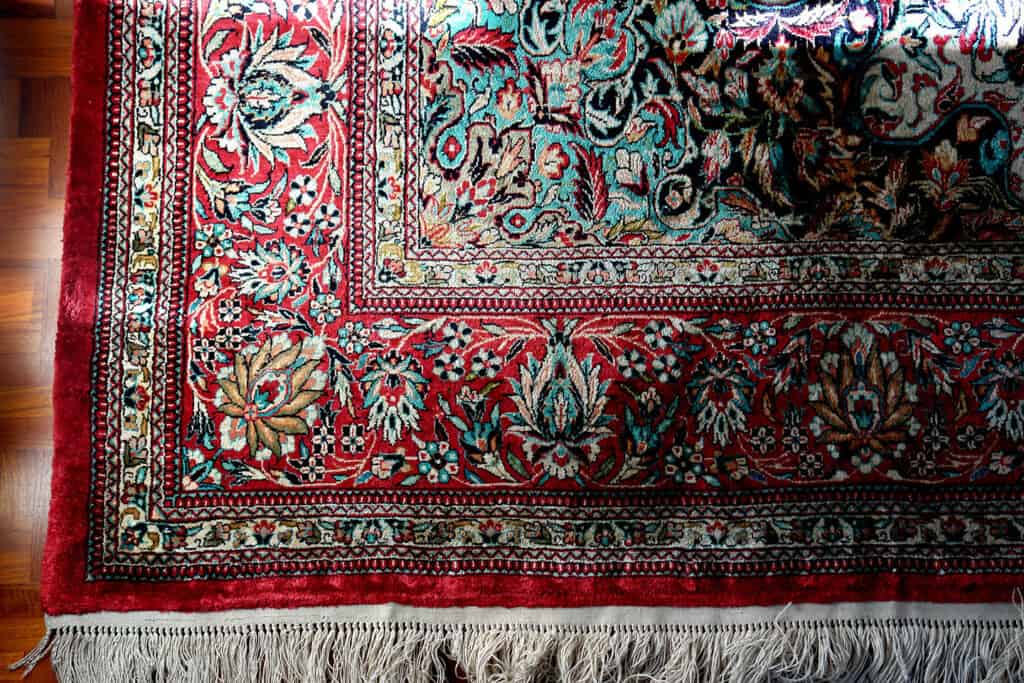
5. Persian Miniature Paintings

Persian miniature paintings have roots in the Islamic period of Iranian art. Characterized by detailed narratives and vivid colors, these paintings evolved from manuscript illustrations into significant art forms.
They show court life, battles, and nature. They highlight Persian artists’ storytelling skills and the culture’s love of visual art.
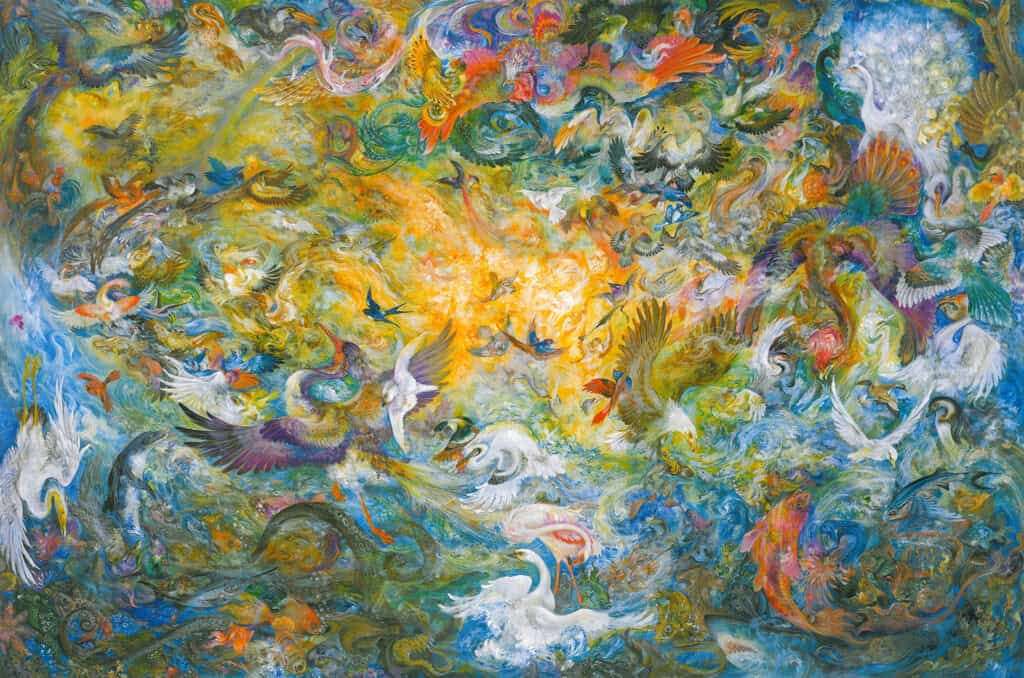
Key Features of Ancient Persian Architecture
Ancient Persian architecture is characterized by its monumental structures, intricate garden designs, and advanced engineering. This architecture reflects the empire’s beauty and its unique culture.
1. Palaces and Royal Complexes

Persian palaces showed the empire’s wealth and power. Massive stone structures, intricate reliefs, and monumental staircases symbolized its hierarchy. Persepolis, Pasargadae, and Susa are outstanding examples of this.
Decorated columns added to the greatness. These spaces were royal residences and symbols of the rulers’ authority.
2. Gardens (Paradise)

The idea of paradise, or Charbagh, was key in Persian architecture. These gardens were meticulously designed. Their symmetrical layouts represent the four rivers of paradise in literature. Eram garden, Prince Mahan’s garden, and Fin garden are outstanding examples of this.
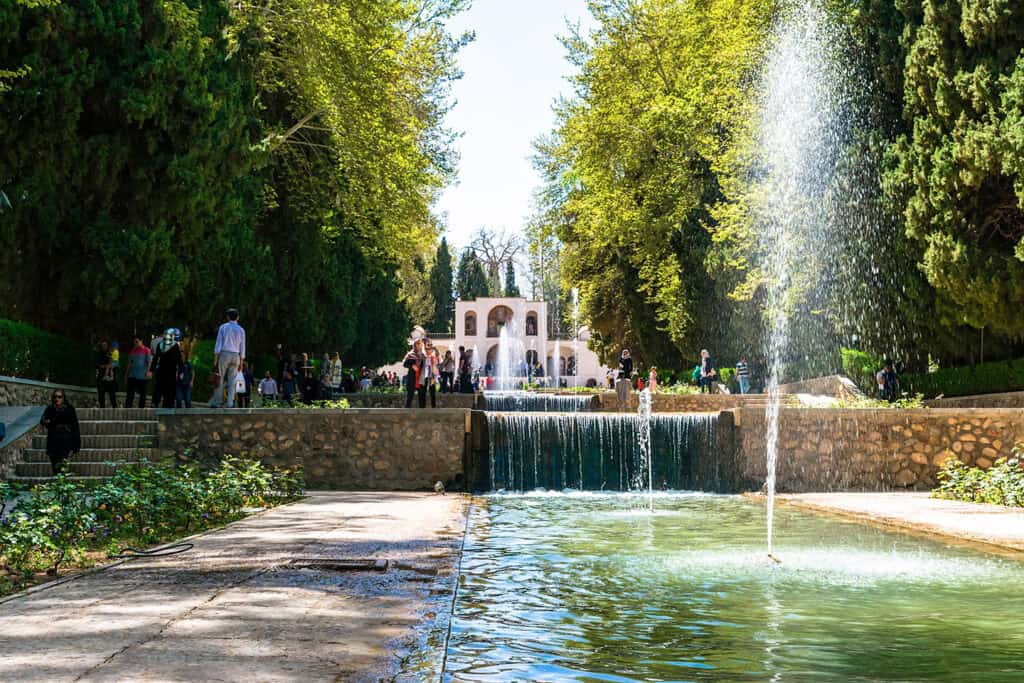
Persian gardens had flowing water, shaded paths, and diverse plants. They created a refreshing atmosphere.
3. Ziggurats and Temples and Mosques

Ancient Iran’s architecture includes influential religious structures. These include the Ziggurat of Chogha Zanbil (circa 1250 BCE), built by the Elamites. These early buildings reflect cultural ties to Mesopotamia. They are stepped forms that served as temples to deities.
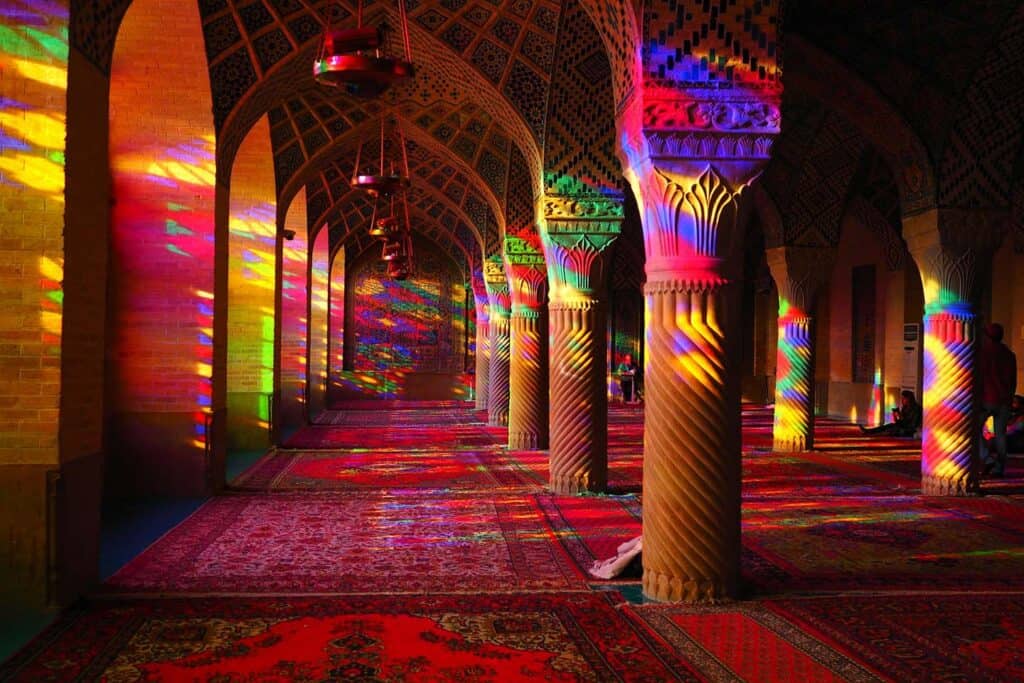
The arrival of Islam in Iran in the 7th century began a new era of architectural splendor. It produced some of the world’s most beautiful mosques. Adorned with intricate tilework, soaring domes, and beautifully designed courtyards, these structures became central to Islamic worship and Persian cultural identity.
Mosques like the Imam Mosque in Isfahan, the Nasir-ol-Molk Mosque in Shiraz, and the Goharshad Mosque in Mashhad show a blend of Persian art and Islamic architecture.
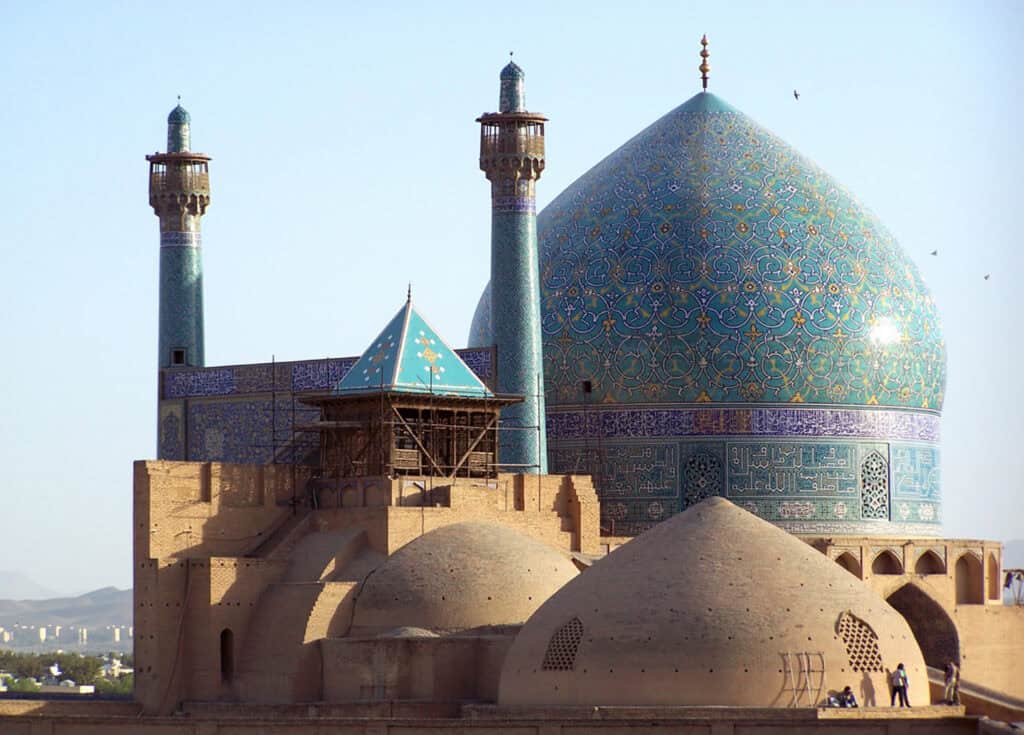
4. Bridges, Roads, and Urban Infrastructure
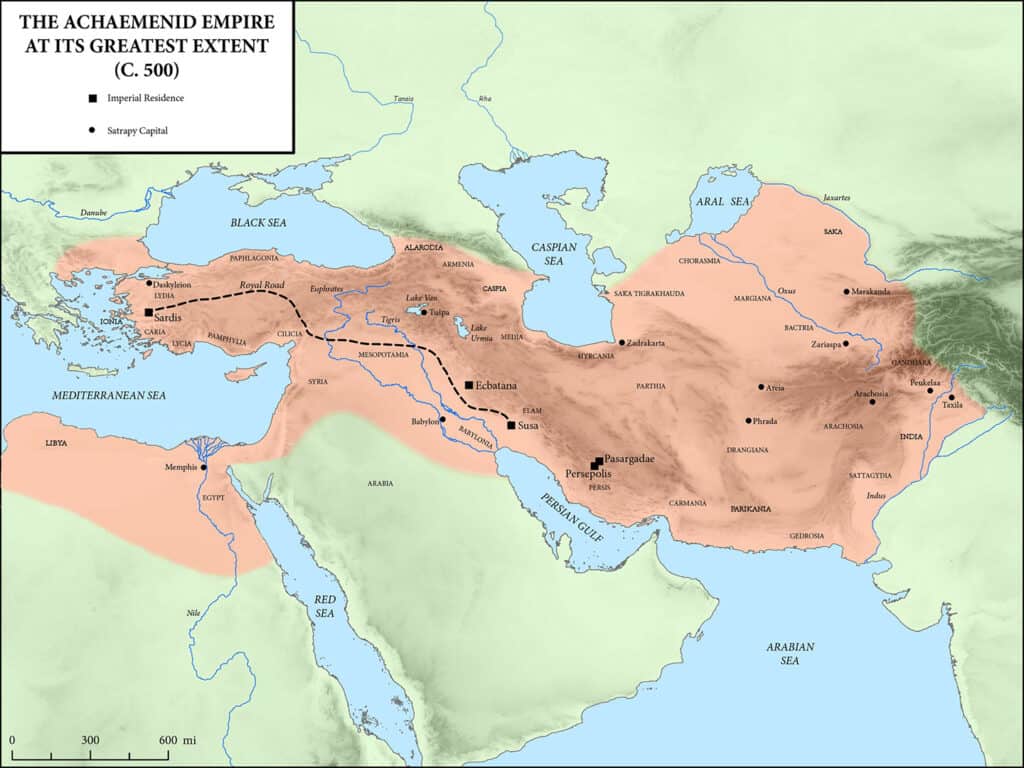
Persians excelled in engineering. The Royal Road and other roads connected vast regions of the empire. They aided trade and communication, and strengthened unity.
Equally remarkable was the Qanat system. It channeled underground water to sustain agriculture and cities. It showcased Persian innovation in water management. A shining example of this Iranian genius can be found in the desert city of Yazd.
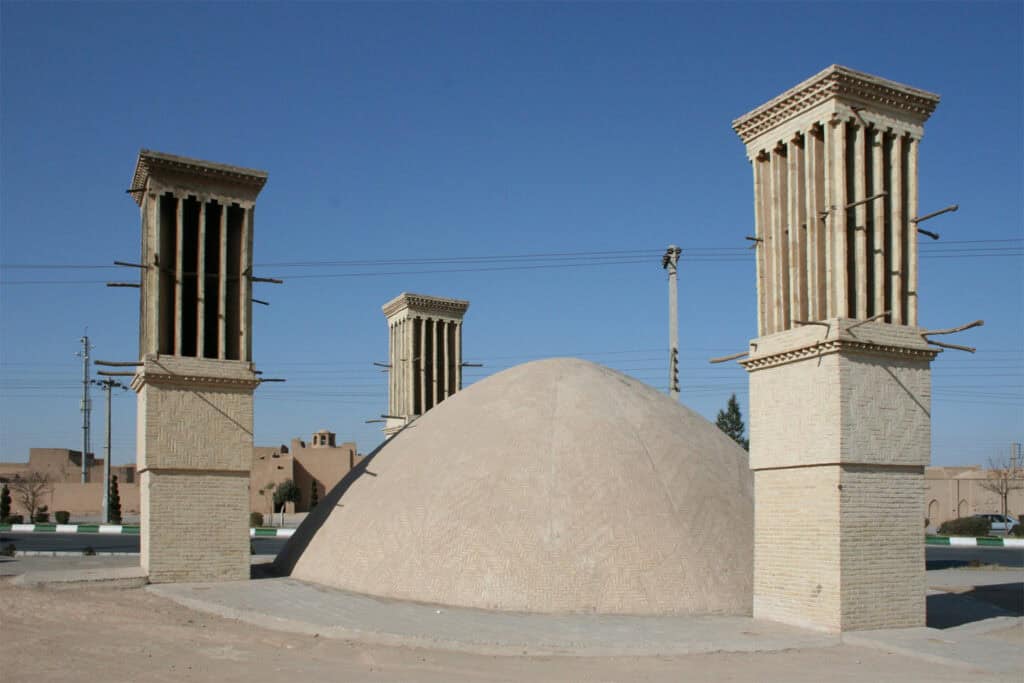
Bridges further enhanced transportation by enabling river crossings and supporting the empire’s infrastructure. An example of this engineering brilliance is the Khaju bridge in Isfahan.
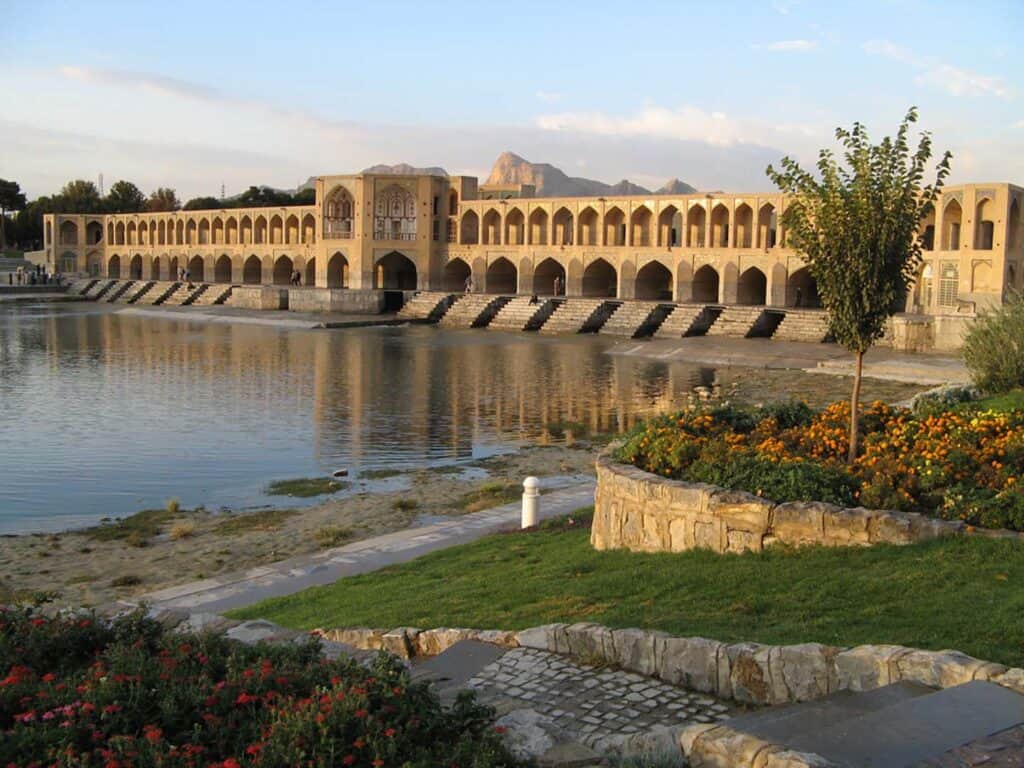
Ancient Persian Art and Architecture: A Recap
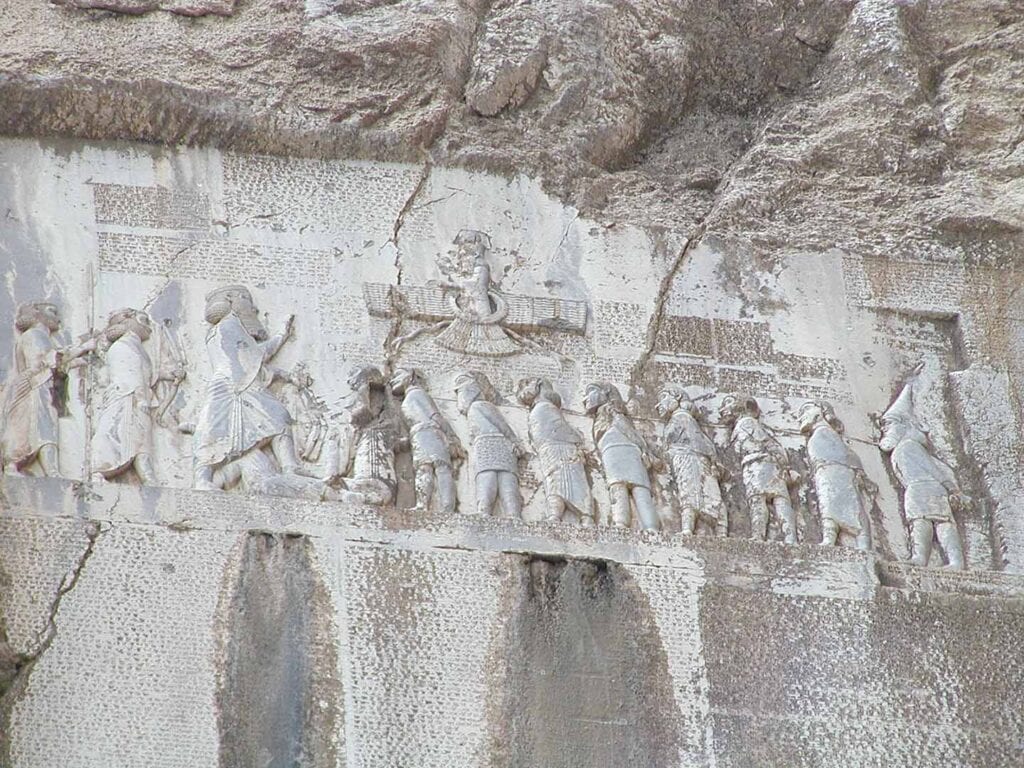
Ancient Persian art and architecture are a blend of innovation, culture, and skill. They have greatly influenced both ancient and Islamic art.
Islam’s arrival heralded a new era of artistic flourishing. It led to stunning buildings with exquisite tilework and soaring domes. They beautifully melded Persian art with Islamic principles. This unique fusion enriched Iran’s culture. It also left a legacy that inspires artists and architects worldwide.









